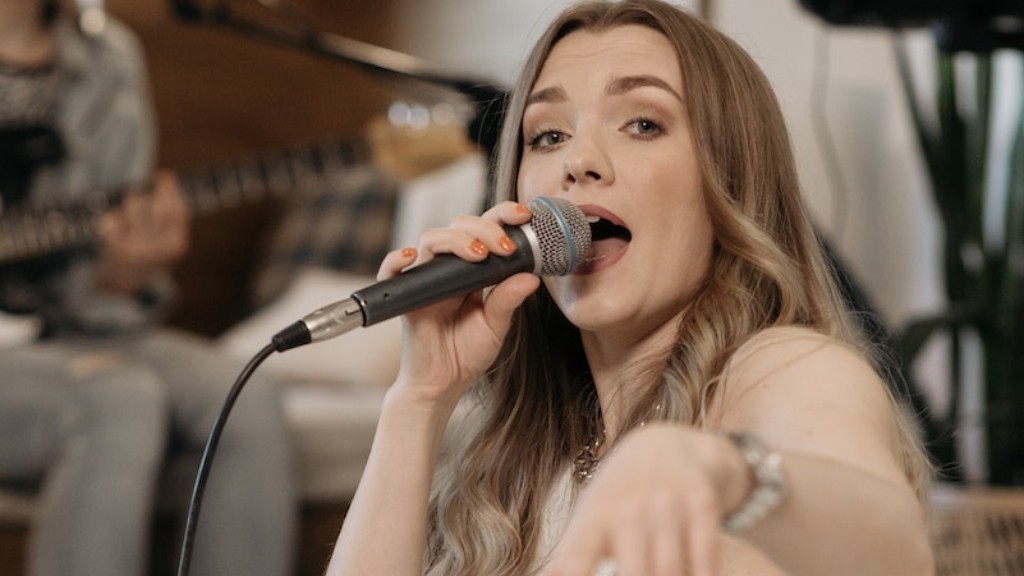Anyone can learn to draw an oh-so-adorable bunny with a few simple steps! A few pencil strokes and some shading is all it takes for you to create a delightful bunny friend. Ever wanted to know how to draw a bunny? Look no further! With this step-by-step guide, you will have your own furry companion in no time. Let’s get started!
Step 1: Begin with a circle. Any size circle will do. Think of the circle as a head of your bunny. Draw it any way you like, but try to keep it round and evenly sized. This is the foundation of your drawing, so make sure it looks right. Point your pencil towards the left side of the circle and draw a curved line towards the right half of the circle. These two steps will form the ears.
Step 2: To draw the eyes, draw two small circles at the top of the head. Then draw an even smaller circle inside the larger one to make the eyes look more realistic. You can also add a curved line at the bottom of each eye for a more expressive look. For the nose, draw a curved line between the eyes.
Step 3: To draw the cheeks, draw small circles on both sides of the nose. Make your bunny extra cute by drawing a curved line beneath each cheek. Now it’s time to draw the mouth. Begin by pointing your pencil at the lower left corner of the nose. Draw a curved line below the nose and then a line that goes back up towards the right side of the head.
Step 4: To draw the whiskers, draw two short lines on each side of the mouth. The lines should start at the sides of the mouth and then curve outward. To finish off the face, draw a curved line at the bottom of the head to show the chin. Your bunny is almost complete!
Step 5: Draw a “U” shaped line to the left and right of the head to draw the ears. Fill the ears in with a few quick strokes. Draw a curved line between the ears for the neck area. Finally, draw two small circles for the feet at the bottom of the neck line. There you have it! You have successfully drawn a cute and cuddly bunny.
There are endless possibilities for customization. Add a bow, a collar, a flower, or any other accessory you can think of to make your bunny unique! Play with shading to add depth to your drawing, or try using different colors to make your bunny stand out. Have fun and don’t be afraid to experiment!
When drawing a bunny, remember that practice makes perfect. If you don’t get it right the first time, don’t give up! Keep trying and soon you’ll be able to draw bunnies like a pro. With consistent practice, you will improve your drawing skills and may even come up with some of your own bunny designs. Who knows, you might even start making your own bunny cards, stickers, and artwork to share with others!
If you’re feeling adventurous, you can even try more advanced techniques like using geometric shapes and grids to draw your bunny. This will help you focus on the proportions and details of your bunny and let you create your own unique masterpieces. Now that you know how to draw a bunny step by step, get out your pencils, paper, and erasers and get to work!
Drawing a bunny can be a very relaxing and calming activity. Taking your time to draw each line and fill in the details is a great way to reduce stress. Give it a try and you’ll be surprised by just how much you can learn about yourself and your drawing skills!
Drawing a bunny may seem like a daunting task at first, but with a few simple steps, you can easily master the art of bunny drawing. All it takes is patience, practice, and lots of love! So what are you waiting for? Get your pencil and paper and start creating your own hopping friends.
